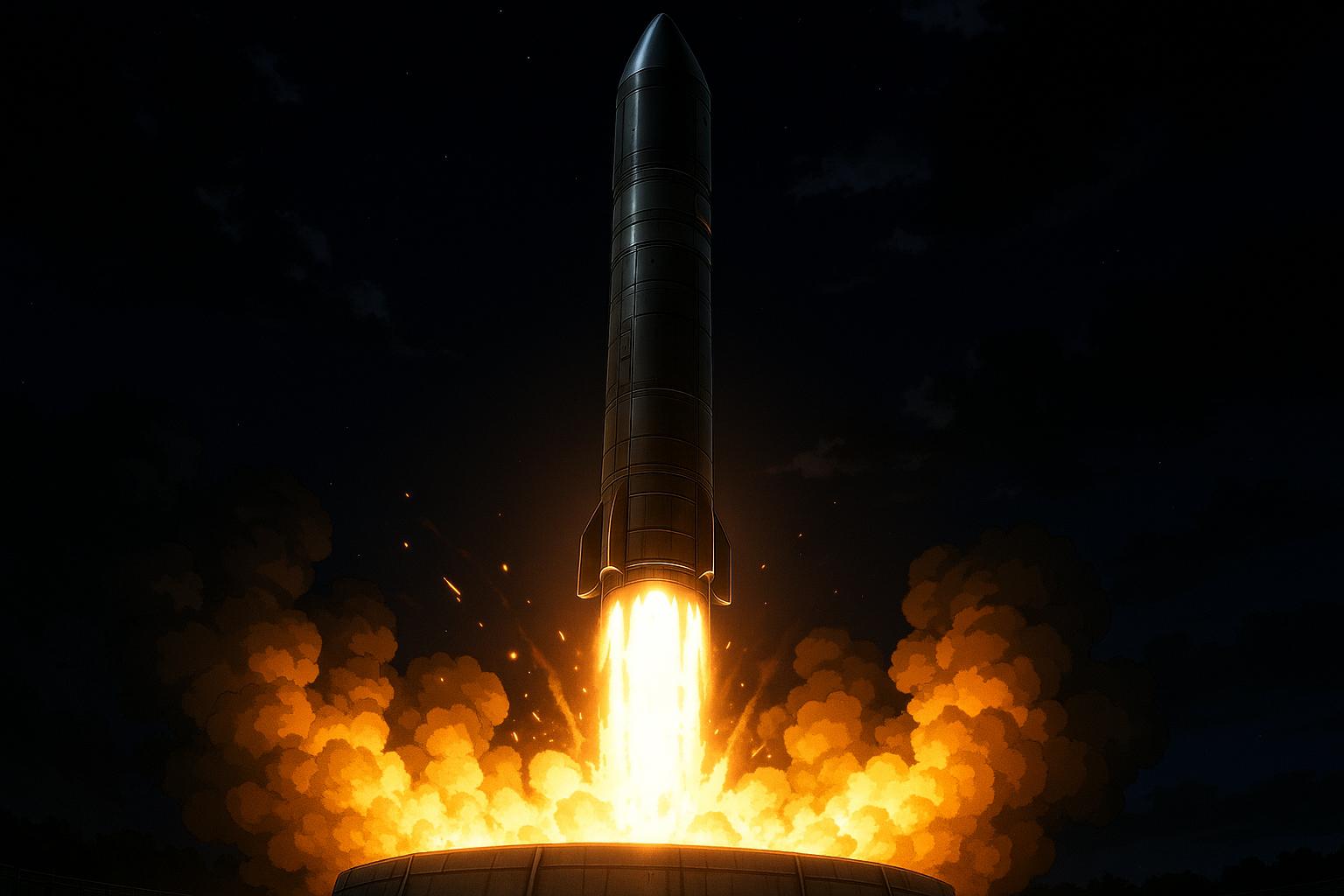Russia's military, as relayed by Ukraine's Main Directorate of Intelligence (GUR), is poised to conduct a significant show of strength by launching an intercontinental ballistic missile (ICBM) known as the RS-24. Scheduled for Monday night, this training and combat exercise aims to project power not only towards Ukraine but also to the wider European Union and NATO. The RS-24 boasts a formidable range exceeding 10,000 kilometres (6,200 miles), effectively capable of reaching targets across Europe and potentially reaching as far as the East Coast of the United States. This capability serves as a stark reminder of the strategic challenges that NATO faces in the region.
The GUR's announcement highlights a broader context in which Russia seeks to exert pressure as part of its ongoing conflict with Ukraine. The planned missile launch, conducted from the Sverdlovsk region, follows an escalation in military actions, including a recent drone strike where Russia deployed over 270 Shahed drones across multiple Ukrainian regions, marking one of its largest offensive actions since the onset of the war in February 2022. This intensifying posturing underscores Russia's strategy of maintaining psychological and military pressure against its neighbours.
In a related development, the RS-24 ICBM itself represents a significant leap in Russia's nuclear arsenal modernization efforts. The missile is designed with advanced features, such as the capability to carry multiple independently targetable re-entry vehicles (MIRVs). This means that a single missile can effectively target several locations simultaneously, enhancing its strategic deterrence capabilities. Since late 2023, Russia's Strategic Missile Forces have been transitioning from older Topol ICBM systems to the more advanced RS-24 Yars, signifying a concerted effort to bolster its nuclear capabilities amid ongoing tensions in Eastern Europe.
The transition to the RS-24 Yars is not merely theoretical; in December 2023, the missile was successfully loaded into a silo at a military base in Kaluga, southwest of Moscow. This operational readiness reflects Russia's commitment to advancing its missile forces, striving to ensure that its nuclear deterrence remains robust against perceived threats. The nature of the RS-24, with both mobile and silo-based configurations, provides an added layer of strategic flexibility that can complicate adversaries’ defensive calculations.
However, the road to a fully reliable ICBM capability has not been without its setbacks. Earlier tests of the RS-24 have encountered difficulties, with reports indicating that some recent launches failed to achieve their intended objectives. For instance, a test in early November 2023 resulted in the missile deviating from its designated path, echoing earlier failures this autumn. These incidents raise questions about the reliability and effective operational readiness of Russia's missile capabilities, even as the country continues to assert its military advancements.
As observers closely monitor developments in Russia's missile programme, it is clear that the planned launch of the RS-24 ICBM is a critical element in the broader theatre of military conflict in Eastern Europe. The potential implications of such actions extend beyond immediate tactical considerations, influencing strategic dynamics across the continent and serving as a litmus test for NATO's resolve in responding to evolving threats.
Reference Map
- Paragraph 1: [1]
- Paragraph 2: [1], [2]
- Paragraph 3: [2], [3], [4]
- Paragraph 4: [3], [4]
- Paragraph 5: [5]
- Paragraph 6: [5], [6]
Source: Noah Wire Services
